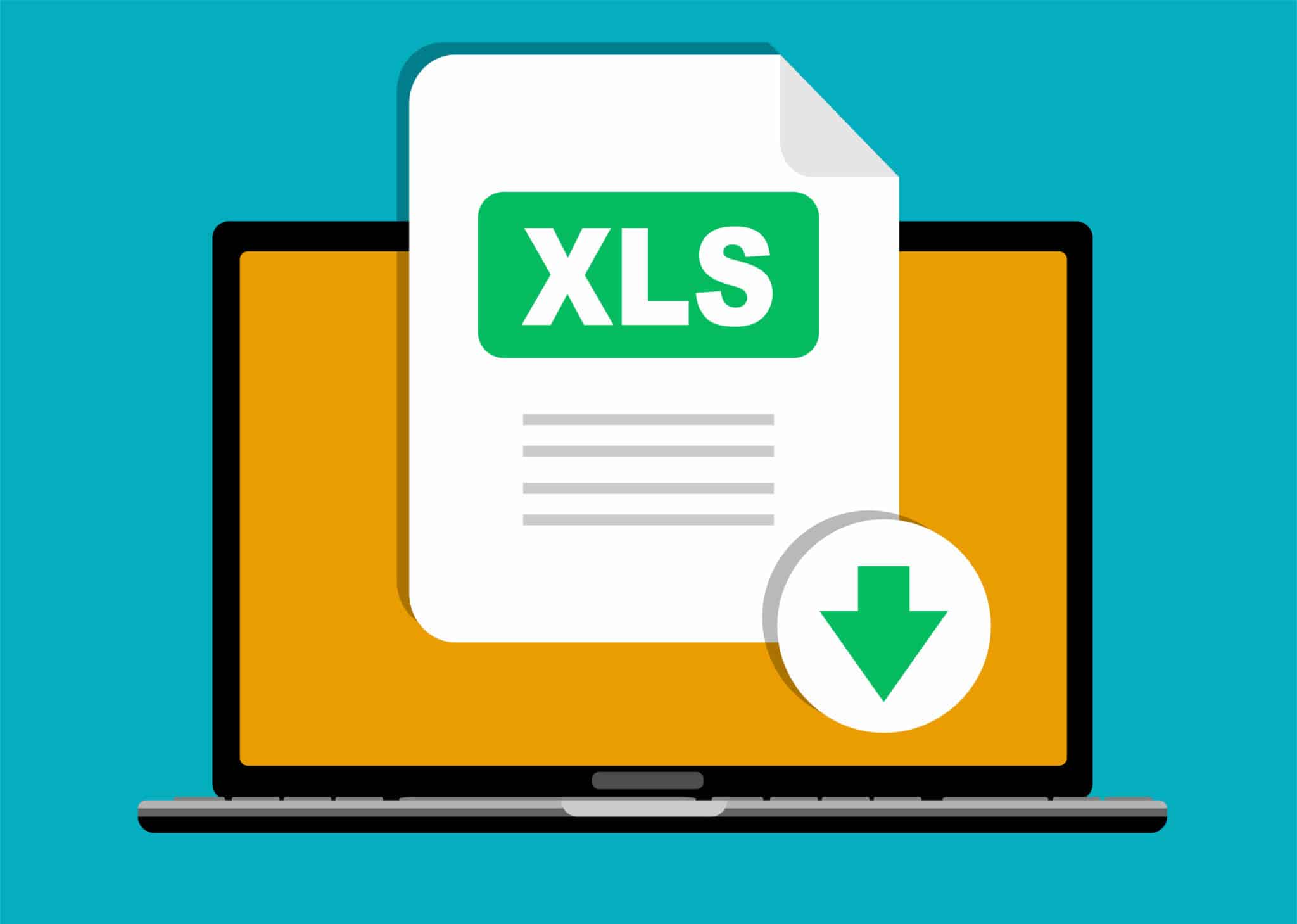You are currently viewing a placeholder content from YouTube. To access the actual content, click the button below. Please note that doing so will share data with third-party providers.
More InformationTime & Attendance with Excel is quite common. Most companies use the tool for other things anyway, so it’s practically free. But a new law on working time recording is coming soon. Will Excel then still be permissible at all?
The draft law on working time recording
The draft states that the employer is obliged to electronically record the start, end and duration of the employee’s daily working hours on the day the work is performed.
We take a closer look at the word “electronic” below.
All tools that run on electronic devices are electronic. This can be a computer, an electronic time clock or even a smartphone. So – why shouldn’t Excel be part of it?
Quite simply, according to the ECJ ruling, the system in which working hours are recorded must be reliable, objective and easily accessible. It must also be audit-proof, which means that no times may be changed retrospectively.
Is Excel Time & Attendance “reliable, objective, easily accessible and audit-proof”?
And there is the question: If a spreadsheet managed in Excel is used in the long term. Is this then a reliable system? So many cells, calculations and references. And if a mistake creeps in, it can make a big difference in the end. Isn’t it better to have a system that automatically records the times?
So – What can happen with Excel Time & Attendance?
- You can slip in the row (the larger the table, the more difficult it is to get an overview)
- You can type in the wrong numbers – whether on purpose or by mistake
- Mistakes can be made when creating calculations and references. This happens much more often than you might think. Especially for complicated calculations and references.
- You can delete files by mistake – sounds silly but it happens. And if you don’t have any backups, the stress is huge.
- When the company grows, it quickly becomes confusing. By then at the latest, you should definitely be looking for a Time & Attendance solution that is scalable and has exactly one purpose: to record working hours.
Especially with shift work or changes in working hours, the effort involved in Time & Attendance with Excel is simply huge. HR managers are just adapting Excel tables and mistakes always happen. In the worst case, employees end up being paid incorrectly.
The bigger the company, the more Excel lists you end up with. Each employee has a schedule that is adapted to their working hours, some work full-time, others do not. Sometimes shift schedules change, someone switches to the night shift or no longer works Saturdays. The HR department has all these tables and nothing works automatically. Everything has to be checked by hand and there is no mechanism to detect errors. Excel Time & Attendance requires much more working time than other systems for recording working time.
Conclusion: Will Excel Time & Attendance be banned?
These were reasons why you should voluntarily do without Time & Attendance with Excel. But for precisely these reasons, Excel could actually be banned for Time & Attendance in the future. The system could be classified as not reliable enough.
In this case, a centralized, electronic system is always the most reliable solution for recording working time. The simplest systems are those that record working times automatically, for example with a time clock or if the working time is recorded automatically on the computer or by simply clicking a button at the beginning and end of the working day. However, there are also systems where employees who work from home, for example, enter their times manually.
So there could actually be court rulings that rule out Excel working time recording.


